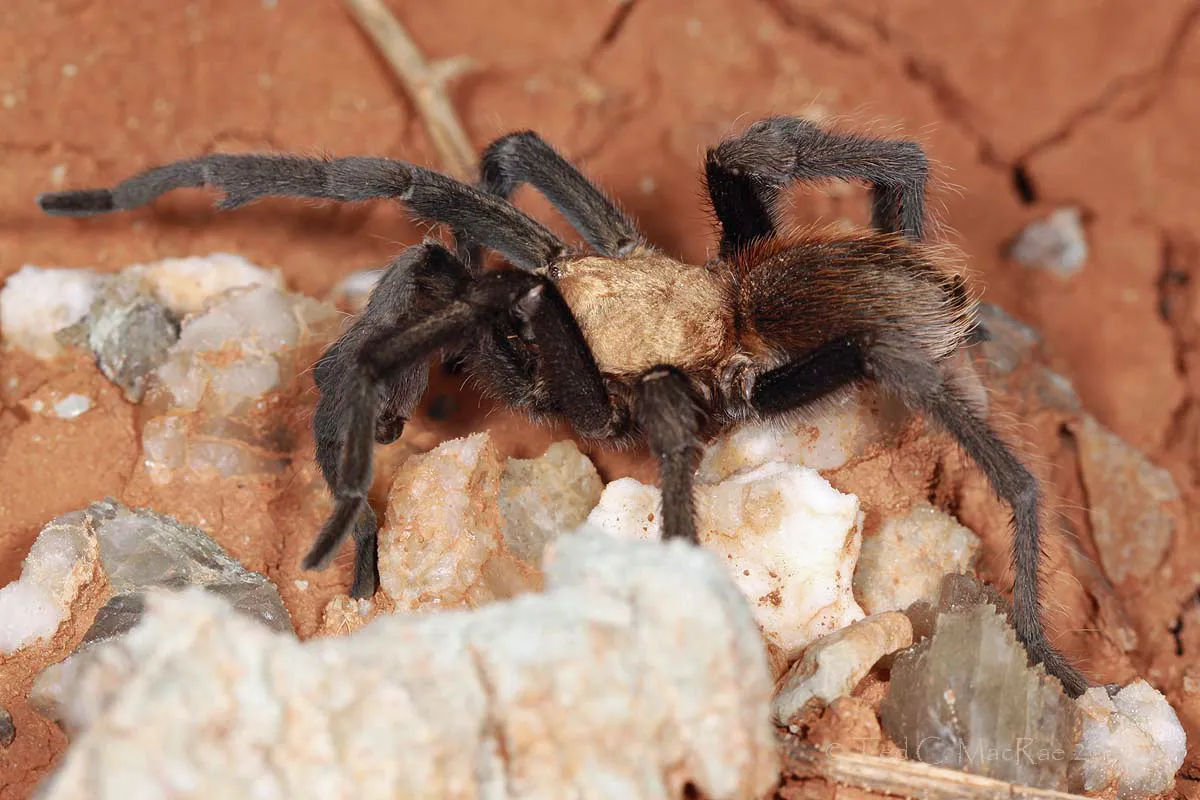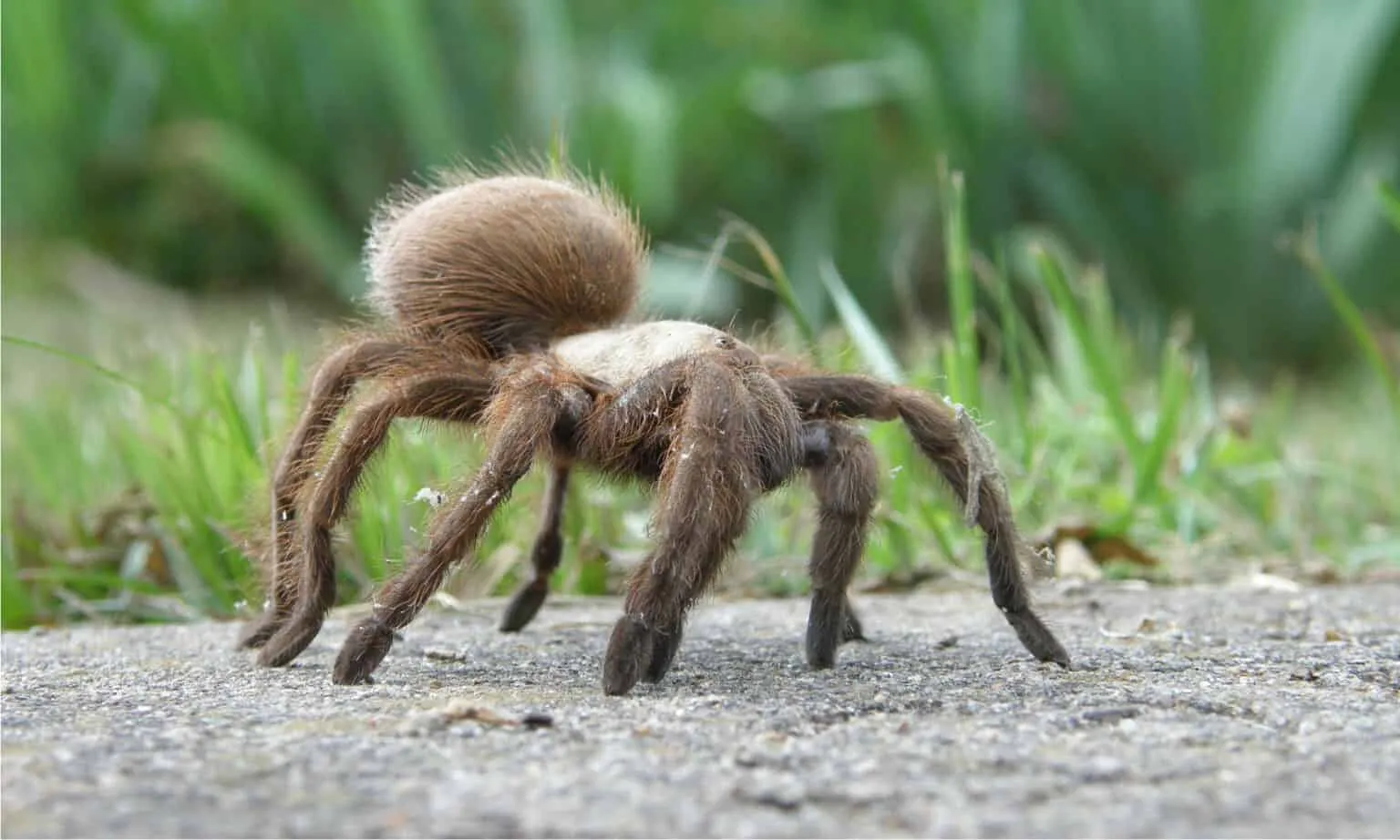Tarantula vs Beetle: A Clash of Titans
The natural world is full of fascinating creatures, and among the most captivating are the tarantula and the beetle. These arthropods, belonging to different classes, showcase incredible adaptations and survival strategies. Both tarantulas and beetles are found in diverse ecosystems across the globe, each playing a vital role in their respective environments. This article delves into a detailed comparison of these two creatures, examining their appearance, habitats, behaviors, diets, and survival strategies to determine which might be crowned the ultimate champion. Prepare for a head-to-head battle of the titans of the insect world.
Appearance and Anatomy
Appearance and anatomy are crucial in differentiating these creatures. While both are invertebrates, their body structures differ significantly, reflecting their evolutionary paths and environmental adaptations. Understanding these differences is key to appreciating the unique qualities of each organism and how they thrive in their respective niches. Let’s dissect the physical characteristics that set these two apart and make them so compelling to observe and study. Understanding their physical attributes provides insights into their functions and survival mechanisms. Consider their unique body plans and how they influence their movement, feeding, and defense strategies.
Tarantula Appearance

Tarantulas, members of the spider family, are characterized by their eight legs, two body segments (cephalothorax and abdomen), and a hairy exoskeleton. Their size varies greatly, from a few inches to over a foot in leg span. Coloration ranges widely, from browns and blacks to vibrant blues and oranges, often providing camouflage. They have large fangs used to inject venom and chelicerae for grasping prey. Their bodies are covered with sensory hairs and bristles. Their size is one of the most notable features.
Beetle Appearance
Beetles, part of the insect order Coleoptera, possess a hard exoskeleton, six legs, and three body segments (head, thorax, and abdomen). A defining feature is their hardened forewings, called elytra, which protect their delicate hindwings. Beetles display an enormous diversity in size, shape, and color. Their mandibles are adapted for chewing, and their antennae serve various sensory functions. The elytra are frequently brightly colored or patterned, functioning both as camouflage and for display. The body structure makes them very agile and well adapted to their environment.
Key Anatomical Differences
The key anatomical differences highlight their evolutionary paths. Tarantulas, as arachnids, lack antennae and have two body segments, while beetles, being insects, have antennae and three body segments. Tarantulas have fangs and chelicerae designed for injecting venom, while beetles have mandibles for chewing. The presence of elytra in beetles provides a protective cover for flight wings, an adaptation absent in tarantulas. Furthermore, the body shape differences between the creatures offer advantages and disadvantages in terms of mobility and environmental interaction, impacting their survival in different ways. They have different types of vision depending on the type of environment in which they live.
Habitat and Behavior

Habitat and behavior are essential factors determining how each creature survives and interacts with its surroundings. Habitat refers to the environment where a species lives, and behavior encompasses the actions and reactions exhibited by an organism. These two aspects are deeply intertwined, with habitat shaping behavior and vice versa. Studying these characteristics gives insights into the creatures’ lifestyles, including their foraging habits, social interactions, and strategies for avoiding predators. These interactions with their habitat, and their resulting behaviors, are vital.
Tarantula Habitats
Tarantulas thrive in various habitats, including tropical rainforests, deserts, grasslands, and even suburban environments. They are often terrestrial, living in burrows, under rocks, or in the leaf litter. Some species are arboreal, inhabiting trees. The specific habitat depends on the species, with adaptations for burrowing, climbing, and camouflage. They select habitats that provide shelter, moisture, and access to prey. Temperature and humidity are crucial factors. The habitat has a significant impact on the tarantulas’ survival and reproductive success.
Beetle Habitats
Beetles exhibit an incredible diversity in habitat, ranging from forests and grasslands to aquatic environments and even human dwellings. Their adaptability is reflected in their wide variety of ecological niches. Some beetles are found in soil, under bark, or within decaying wood. Others are aquatic, living in ponds, lakes, and streams. Habitat selection often depends on the beetle’s food source and the availability of shelter. The ability of beetles to survive and thrive in such a wide range of habitats underlines their evolutionary success. They also adapt to environmental changes.
Tarantula Behavior

Tarantula behavior is characterized by its solitary and predatory nature. They are primarily nocturnal hunters, ambushing prey by patiently waiting in their burrows or stalking from concealed positions. Their behavior includes web-spinning for some species, used for trapping prey. They can exhibit defensive behaviors, such as rearing up, displaying fangs, or flicking urticating hairs. Mating rituals involve complex displays, and females can be aggressive towards males. Molting, a critical part of their lifecycle, leaves them vulnerable. Their behavior ensures their survival.
Beetle Behavior
Beetle behavior is just as diverse as their habitats. Some are solitary, while others form social colonies. Beetles exhibit a wide range of feeding strategies, including herbivory, carnivory, and detritivory. Many are capable of flight, using their wings for dispersal and foraging. Their behavior includes the use of pheromones for communication, as well as defensive tactics such as camouflage, mimicry, and chemical defenses. Mating behaviors vary, often involving elaborate courtship rituals. Their behavior is essential for their survival.
Diet and Feeding Habits
Diet and feeding habits are critical for an organism’s survival. The food source directly impacts an animal’s health, development, and reproductive success. Different species have evolved unique strategies to obtain their food, reflecting adaptations to their environment and ecological roles. This section analyzes the dietary needs and hunting strategies of both tarantulas and beetles to understand their places in their respective ecosystems. The way in which an animal acquires nutrition greatly influences its behavior, morphology, and overall survival. This includes what they eat, and how they get it.
Tarantula Diet

Tarantulas are primarily carnivores, feeding on insects, other arthropods, and occasionally small vertebrates like lizards and mice. Their diet varies based on their size, with larger tarantulas consuming larger prey. They use their fangs to inject venom, paralyzing their prey before feeding. They then inject digestive enzymes to break down the prey’s tissues. Their feeding habits are crucial for their survival. Tarantulas are opportunistic feeders, consuming whatever is available. They are also capable of fasting for extended periods. They primarily depend on live prey.
Beetle Diet
Beetles exhibit an incredibly diverse diet. Some are herbivores, feeding on plants, while others are carnivores, preying on other insects or small animals. Detritivores consume decaying organic matter, playing an essential role in decomposition. Their mandibles are well-adapted for various feeding strategies, whether chewing through leaves, piercing prey, or consuming organic debris. The variety of diets reflects the diverse ecological roles that beetles play. Some are highly specialized, while others are generalists.
Predatory Strategies
Tarantulas are ambush predators, using their camouflage and stealth to surprise their prey. They wait patiently for the right moment, striking with speed and precision. Beetles, on the other hand, utilize a range of predatory strategies. Some actively hunt and chase their prey, while others set traps or use camouflage. The effectiveness of their predatory strategies directly affects their ability to secure food and survive. They both rely on their environment to survive.
Survival Strategies

Survival strategies encompass the methods an organism uses to persist in its environment, protecting itself from predators, securing food, and withstanding environmental challenges. Understanding these strategies provides insight into the adaptability and resilience of different species. The effectiveness of these survival mechanisms directly influences a species’ ability to thrive. Survival is about navigating hazards and competing successfully. The better they are at this, the better their chances of survival.
Tarantula Survival
Tarantulas have several survival strategies, including their ability to molt, which allows them to shed their exoskeleton and grow. They also use camouflage to blend in with their surroundings, avoiding detection by predators. Their venomous bite and urticating hairs are effective defenses. Some species have strong burrows for shelter. The tarantula’s resilience is evident in its long lifespan and ability to thrive in adverse conditions. The best survival strategy of the Tarantula is its venom.
Beetle Survival
Beetles employ a wide array of survival strategies. Their hard exoskeletons provide protection against predators. Many beetles use camouflage, mimicry, or bright coloration to deter predators. Some secrete noxious chemicals. Their ability to fly allows them to escape danger. Many beetles are also highly adaptable, able to withstand harsh environmental conditions. Beetles are incredibly successful due to their survival strategies. They are also very agile.
Reproduction and Life Cycle

Reproduction and the life cycle are essential parts of any species’ survival, as they ensure the continuation of the genetic lineage. The process includes the different stages of development from birth to death, with each stage playing a critical role in an organism’s ability to thrive. These methods shape the population dynamics and genetic diversity within each species. Understanding these processes is vital for comprehending the overall ecology and how species are adapted. The way they reproduce affects how they survive.
Tarantula Reproduction
Tarantula reproduction involves complex mating rituals. Males use specialized structures to transfer sperm to the female. Females lay eggs in silken egg sacs, guarding them until the spiderlings hatch. The spiderlings go through multiple molts as they grow. The life cycle can take several years, with females often living much longer than males. The number of eggs produced varies depending on the species. It’s important to understand the life cycle stages.
Beetle Reproduction
Beetle reproduction varies greatly, depending on the species. Some beetles undergo complete metamorphosis, with distinct egg, larva, pupa, and adult stages. Other beetles undergo incomplete metamorphosis, lacking a pupa stage. Beetles can reproduce sexually, and some can reproduce asexually. The reproductive strategies influence their population dynamics and ecological roles. They have a variety of different reproductive strategies.
The Ultimate Champion Is…
Deciding on an ultimate champion between a tarantula and a beetle is challenging because both have unique strengths. The tarantula’s venom, size, and ambush hunting style make it a formidable predator. The beetle’s protective exoskeleton, versatility, and vast diversity provide a broader range of environmental adaptations. Both creatures have evolved remarkably. However, the beetle wins due to its wider variety of characteristics, including the ability to fly and its hard shell. Each is a testament to the power of evolution. Both the tarantula and the beetle are champions of their respective niches, showcasing the incredible diversity and resilience of life on Earth.
